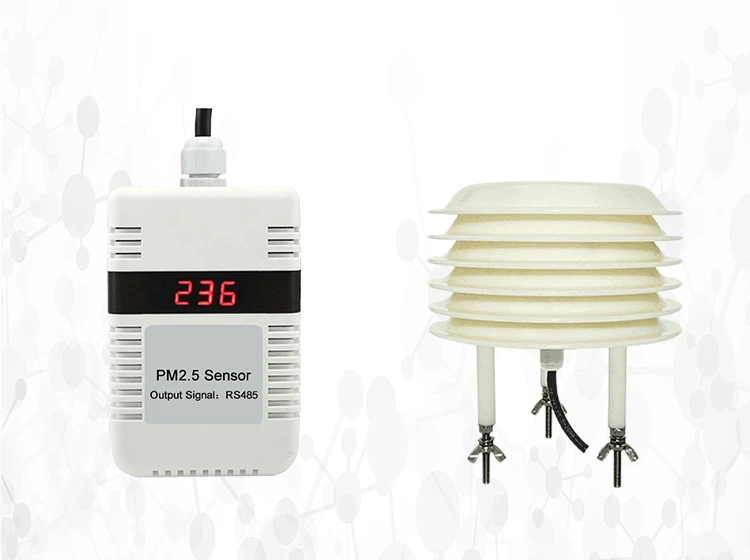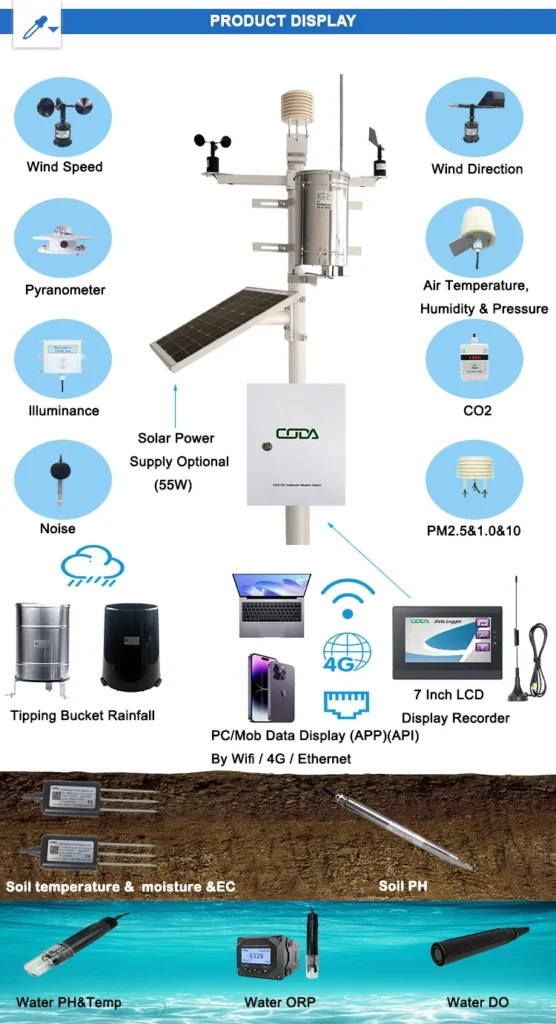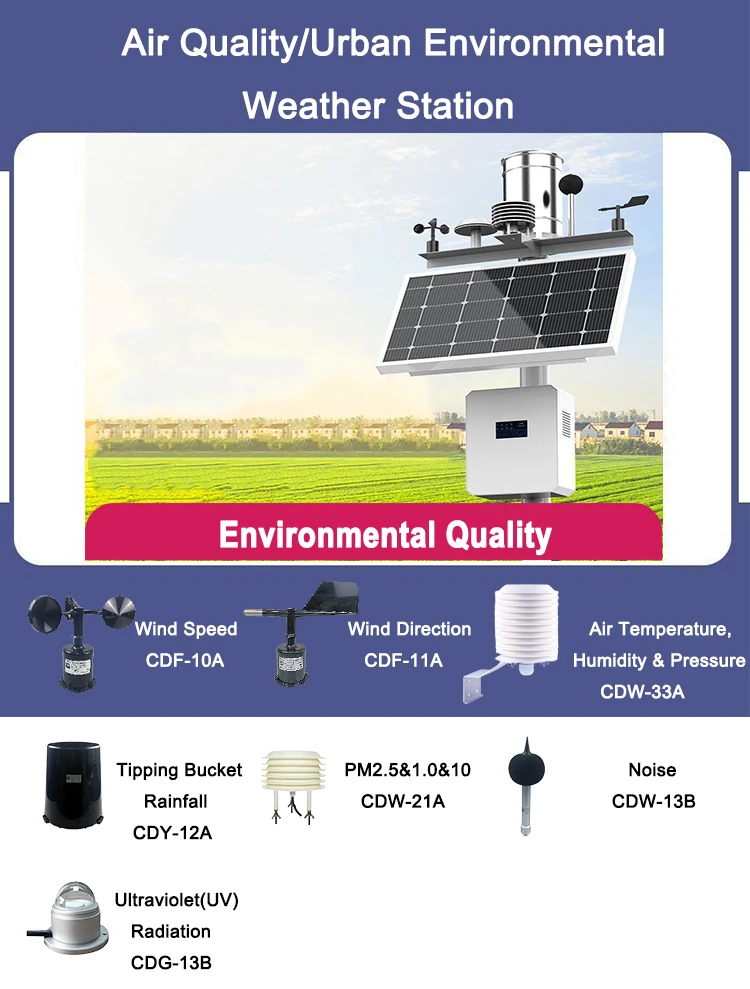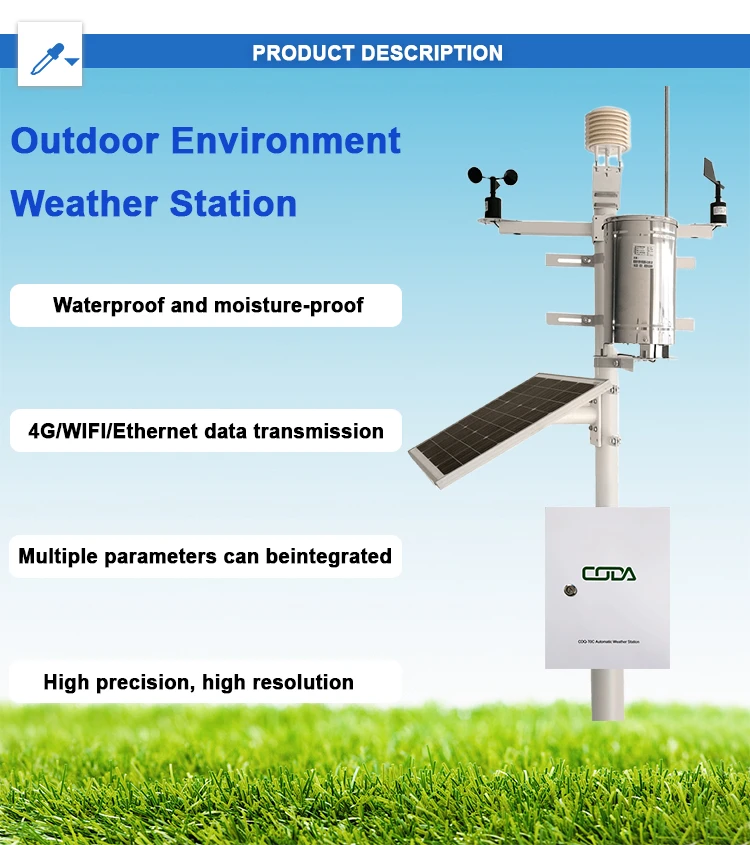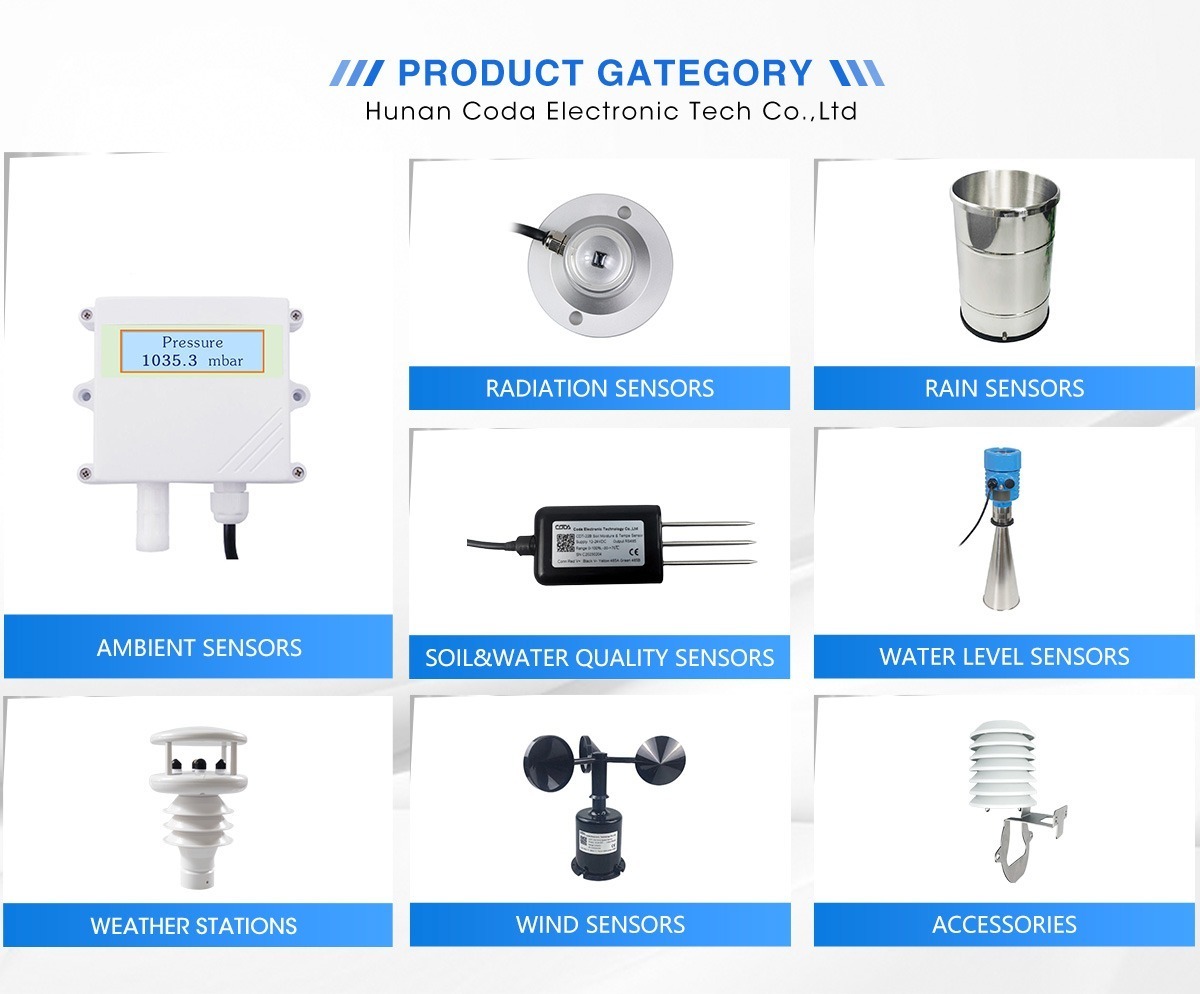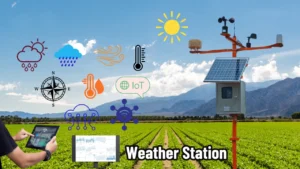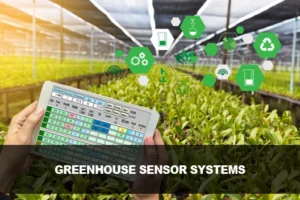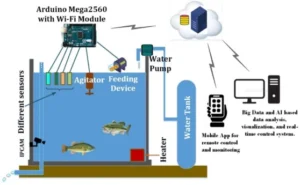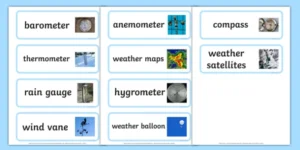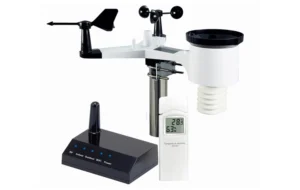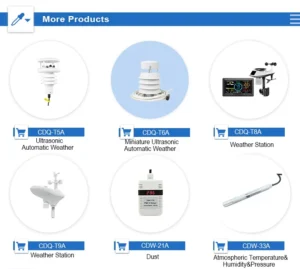What Are The Pros & Cons Of Air Quality Sensors?
Air quality sensors have both pros and cons. They are important for addressing environmental health problems. However, there are some limitations to consider.
Advantages of Air Quality Sensors
Air quality sensors have many benefits. They give real-time data about air pollutants. This helps people take quick action, especially in polluted areas or bad weather. This feature is very important for vulnerable groups, like children and the elderly.
Another key benefit is that they raise awareness and encourage people to act. Real-time monitoring can inspire individuals to reduce their ecological footprint. For instance, they may choose public transport after noticing pollution spikes. Over time, these changes can lead to a community effort for cleaner air initiatives.
Air quality sensors are important for collecting data over time. By looking at past trends, people can make better choices. This helps protect public health and improve environmental plans. For instance, schools that check air quality may change how they operate to keep students safe.
In homes and workplaces, these sensors help control indoor air. They work with HVAC systems to improve air flow and filtration. They change based on pollutant levels, not fixed schedules. This increases energy efficiency and air safety.
Air quality sensors help communities care about their environment. With local data, people can team up with others. They can push for policy changes and demand more transparency about air pollution.
These benefits also bring challenges. Air quality sensors are now easier to find, but their accuracy can differ. Some consumer devices may not be as reliable as the larger systems used by research institutions or governments.
Cost is another important factor. Prices have gone down over time, but good sensors are still costly for many people. Maintenance and calibration also add to the cost. This is especially true if the technology needs regular care to provide accurate data.
On a larger scale, deployment can raise questions about privacy and access. As air quality monitoring becomes part of communities, it is important to use the data ethically. We must also ensure that everyone has fair access to this information.
Lastly, air quality sensors do not fix pollution problems. They only provide data. Real change depends on how people, organizations, and policymakers use this information. Sensors can raise awareness, but they cannot reduce emissions or clean the air on their own.
Air quality sensors can greatly help people and communities. They also aid scientific research and policy making. However, to use them effectively, we need to address challenges like accuracy, cost, maintenance, ethics, and implementation.
By looking at both sides, individuals and organizations can make the most of these tools. This can lead to better health and environmental results.
Disadvantages of Air Quality Sensors
Air quality sensors have many benefits, but they also have some drawbacks. One main concern is their accuracy and calibration. High-end sensors usually provide precise readings. However, many cheaper models can vary a lot in sensitivity.
This makes them less reliable for collecting consistent data. Environmental factors like humidity and temperature changes can affect sensor accuracy.
Other airborne chemicals can also matter. Users should understand these limits. Knowing this helps avoid trusting wrong readings. This can stop bad health and safety decisions.
Another big challenge is the cost of advanced air quality sensors. Basic models are usually cheap. However, high-precision sensors with better features often cost a lot.
This cost can make it hard for low-income families and communities to get access. These groups often suffer more from bad air quality.
Maintenance is very important for keeping air quality sensors working well. Regular care, like calibration and occasional replacement, can lead to ongoing costs.
It also takes time and effort from users. For groups or communities that want to monitor air quality long-term, costs can be a problem. This makes it hard to depend only on air quality sensors.
These devices give local data that may not show the overall air quality. Pollution levels can change a lot in different parts of a city or region.
This means that one sensor’s data may not show the air quality in nearby areas. If users ignore this, they might panic or feel too safe. They should think about other environmental factors.
Finally, the large amount of data from air quality sensors can overwhelm users. These devices give detailed information. However, people or organizations may find it hard to analyze and use this data. Without the right tools or help, the flood of information can cause confusion instead of clear guidance on air quality issues.
The Role of Calibration and Maintenance
To ensure accurate readings and reliable performance from air quality sensors, proper calibration and maintenance are essential. Calibration fine-tunes the sensor to produce output that matches real-world air quality.
Sensor performance can get worse over time because of drift or exposure to the environment. This is why regular recalibration is important. Most manufacturers offer a calibration schedule based on the type of sensor and how it is used.
Users can choose to use professional factory calibration services or calibrate their devices on their own. This choice depends on their skills and the design of the sensor. Well-calibrated devices give better insights for making smart decisions. Ignoring calibration can lead to risks from wrong readings, which may affect health and safety.
Routine maintenance is important for a sensor’s accuracy and lifespan. Dust and debris can change readings. This means you need to clean and check regularly to avoid problems.
Some sensors have built-in self-checks that alert users when maintenance is needed. However, many sensors do not have this feature. Owners must learn how to care for their specific sensors.
Staying aware of software updates and manufacturer advice helps users improve their sensors. Technology changes quickly, so manufacturers often release updates. These updates can improve device functions, fix problems, or add new features. By keeping their systems up to date, users can work better and enjoy new innovations.
It is important for users to know a sensor’s specifications and limits. For example, some devices may not work well in high humidity or extreme temperatures. Ignoring these limits can harm data quality and lead to incorrect air quality assessments.
In summary, getting reliable results from air quality sensors depends on regular calibration and maintenance. It is also important to know each device’s strengths and weaknesses. These steps are key to building trust in the data from air quality monitoring systems.
Future Trajectories in Air Quality Monitoring
As worries about air pollution grow, the future of air quality monitoring shows exciting new ideas. Technology is improving sensor accuracy, cost, and ease of use. One trend is making sensors smaller, which makes them easier for everyday people to use. These small devices can fit into daily life, giving people better information about their surroundings.
The use of air quality sensors and smartphone apps is increasing fast. This helps users interact with the tools better. Mobile platforms allow users to get live updates, check past data, and see air quality in their area.
This real-time access helps people understand pollution more clearly. It also encourages them to make eco-friendly choices, linking data to lifestyle changes.
Cloud computing and data analytics are making air quality monitoring better. By combining data from many sensors, we can find pollution hotspots and track long-term trends. This helps policymakers create targeted plans to reduce pollution in the hardest-hit areas.
Artificial intelligence (AI) is changing how we check air quality. It uses machine learning with sensor data to predict pollution. These predictions consider weather and atmospheric conditions. They help people, businesses, and governments take action early. This can reduce health risks from poor air quality.
Air quality monitoring data helps raise public awareness through local campaigns. When communities get accurate and timely information, they are more likely to support clean air actions. They also push for greener urban policies. This public involvement can lead to real improvements in local areas and beyond.
The future of air quality monitoring will include better technology and more community involvement. New air quality sensors will help fight pollution. They will create healthier environments and support public health efforts.
Air quality sensors offer many benefits, such as improved health and a cleaner environment. However, some challenges remain. These challenges include calibration issues, high costs, and the difficulty of understanding complex data. It is important to solve these problems to unlock their full value.
As technology improves and people learn more, air quality sensors will be important tools. They will help make the air cleaner and our communities healthier. This will protect the air we breathe today and in the future.
